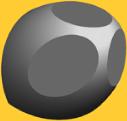Richard M. Christensen |
||
|
||||
Recent Additons |
||||||
Key Junctures |
||
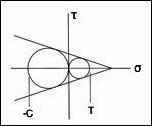 |
||||
General Matters |
||||
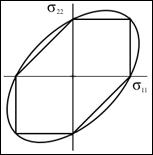 |
||||
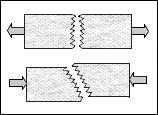 |
||||||||
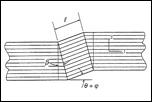 |
||||||||
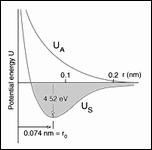 |
||||||||
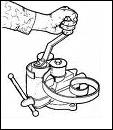 |
||||||||
Can Atomic/Nano Scale |
||||||||
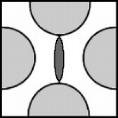 |
||||||
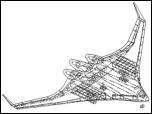 |
||||||
 |
||||||
 |
||||||
 |
||||||||
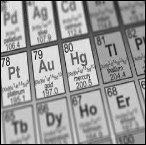 |
||||||||
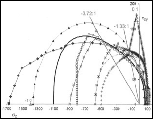 |
||||||
 |
||||||
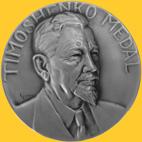 |
||||||||
 |
||||||||
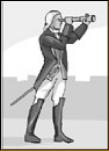 |
||||||
Copyright© 2019 |
||||||
Richard M. Christensen
Brief Biography
Affiliations
- Professor Research Emeritus
- Aeronautics and Astronautics Department
- Stanford University

- Phone : (650) 723-7969
- Senior Scientist Retired
- Materials Science and Technology Division
- Lawrence Livermore National Laboratory
Education
- B. S. Civil Engineering, University of Utah, 1955
- M. Eng. Engineering Mechanics, Yale University, 1956
- D. Eng. Engineering Mechanics, Yale University, 1961
Activities and Research
- Richard Christensen has over a long career worked in and held responsible positions in
- Industry:
- General Dynamics
- Space Technology Laboratories
- Shell Development
- National Laboratories:
- Lawrence Livermore National Laboratory
- Universities:
- U. C. Berkeley
- U. C. Davis
- Washington University
- Stanford University
He has always been active in professional affairs and has held several leadership positions in professional societies. His technical responsibilities and research interests have been in the mechanics of materials for solids, structures and non-Newtonian fluids. He holds four patents, has written two books and 100 archive journal papers (nearly all single authored). These are on the following and related topics:
- Properties of polymers (viscoelasticity)
- Composite materials
- Wave effects in heterogeneous materials
- Low density materials (extreme porosity)
- Kinetic crack growth
- Life prediction and durability
- Failure criteria for isotropic and anisotropic solids
Honors and Awards
- National Academy of Engineering, 1987
- Worcester Reed Warner Gold Medal, ASME, 1988
- William Prager Medal, Soc. Engr. Sci., 1988
- Honorary Member, ASME, 1992
- Nadai Medal, ASME, 2006
- Fellow of several societies
Books and Recent Papers
- Theory of Viscoelasticity, Dover (2003).
- Mechanics of Composite Materials, Dover (2005).
- “Yield Functions and Plastic Potentials for BCC Metals and Possibly Other Materials,” Journal of Mechanics of Materials and Structures, Vol. 1, pp. 195-212 (2006).
- “Deterministic and Probabilistic Lifetimes From Kinetic Crack Growth – Generalized Forms,” (with Y. Miyano) International Journal of Fracture, Vol. 143, pp. 35-39 (2007).
- “A Comprehensive Theory of Yielding and Failure for Isotropic Materials,” Journal of Engineering Materials and Technology, Vol. 129, pp. 173-181 (2007).
- ”Observations on the Determination of Yield Stress,” Acta Mechanica, Vol. 196, pp. 239-244 (2008).
- “A Physically Based Cumulative Damage Formalism,” International Journal of Fatigue, Vol. 30, pp. 595-602 (2008).

